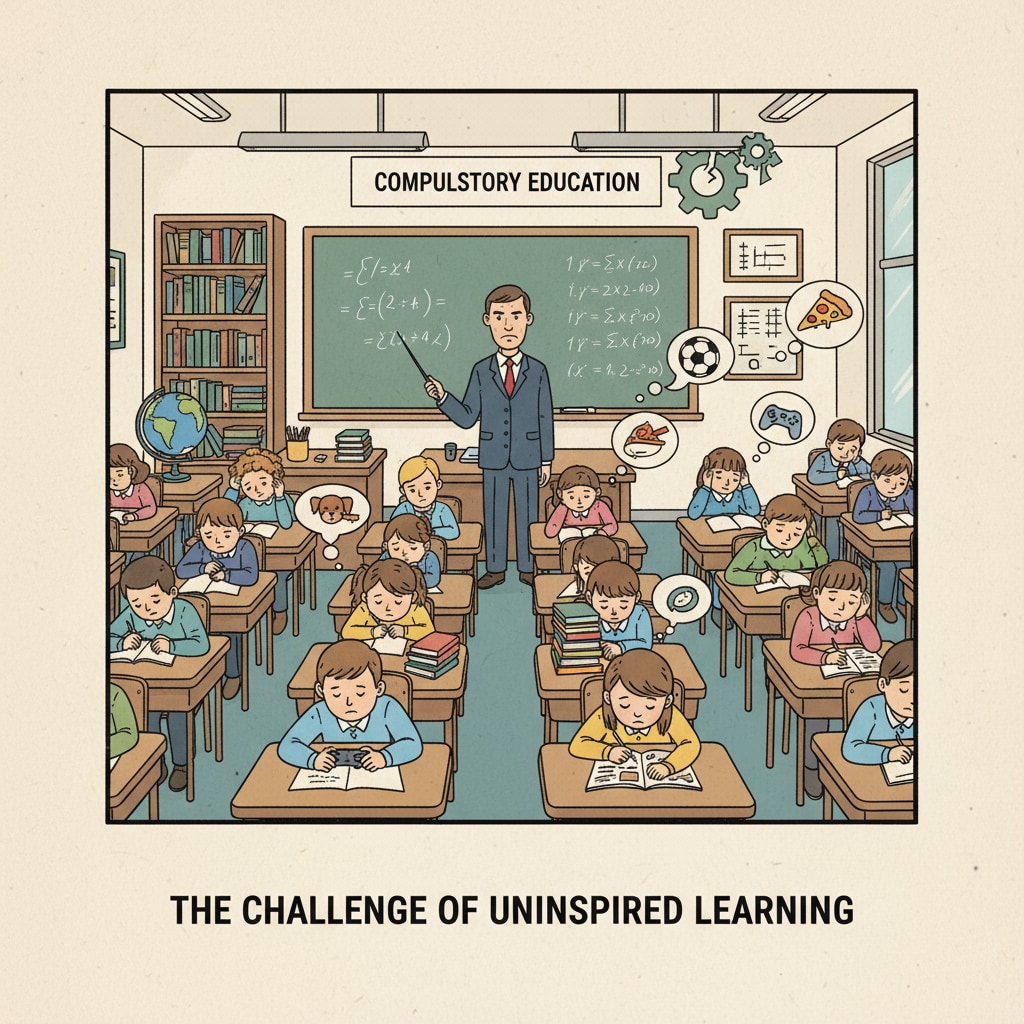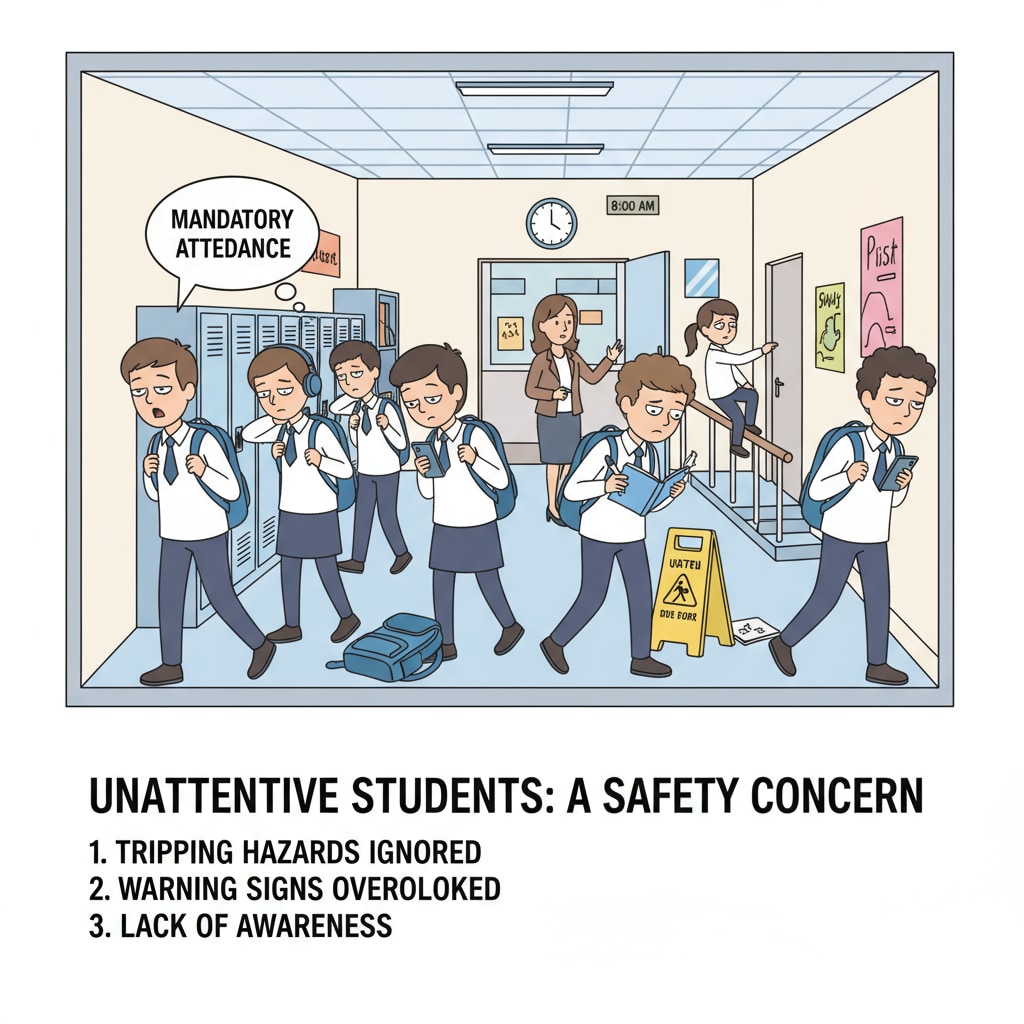The concept of “compulsory learning” within the school system has a profound impact on student behavior. The contemporary K12 education system is built on a fundamental fallacy: the belief that we can force students to learn. This misguided assumption has far-reaching consequences that are undermining the very foundation of education.

The Flawed Foundation of Compulsory Education
Compulsory education is based on the idea that making students attend school will ensure they learn. However, this overlooks the fact that learning is a complex and individualized process. As Wikipedia’s Education page states, true learning requires motivation, engagement, and a conducive environment. Forcing students into the classroom doesn’t guarantee they will absorb knowledge. In fact, it often leads to disengagement, as students may feel they have no choice but to be there, rather than being driven by a desire to learn.
The Impact on School Safety
One of the most concerning consequences of the compulsory education model is its link to school safety. When students are forced to attend school against their will, it can lead to increased stress and frustration. This, in turn, can manifest in various negative behaviors. For example, Britannica’s School Safety article mentions that unmotivated students may be more likely to engage in disruptive behavior, which can create an unsafe environment for everyone. These behaviors range from minor disruptions to more serious acts of violence, all stemming from the underlying issue of forced attendance.

Another consequence is the decline in academic standards. Since compulsory learning doesn’t necessarily equate to effective learning, students may not be acquiring the necessary skills and knowledge. Teachers often find themselves struggling to teach uninterested students, and the quality of education suffers as a result. This is a clear indication that the current system needs a reevaluation.
In addition, there is a significant waste of educational resources. When students are not actively engaged in learning, the resources spent on their education, such as textbooks, teaching materials, and teacher time, are not being utilized effectively. This is a major concern as resources are often limited, and we need to ensure they are used to maximize learning outcomes.
Readability guidance: As we can see, the flaws in the compulsory education system are evident in various aspects. From school safety to academic standards and resource waste, it’s clear that we need to rethink the very nature of education. We should focus on creating an environment where students are motivated to learn, rather than simply forcing them to attend school.


